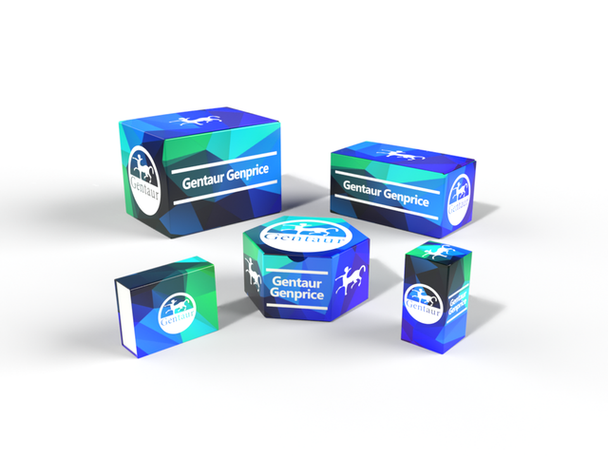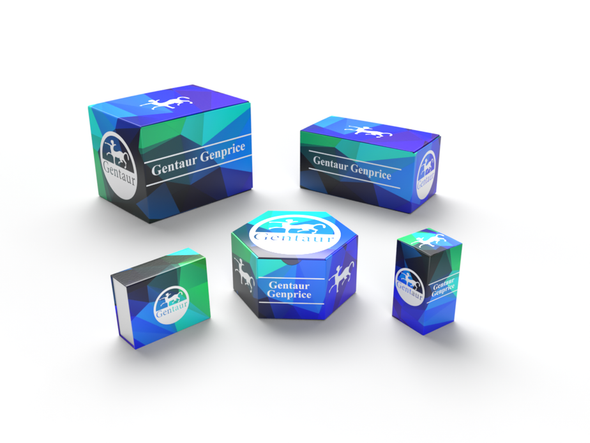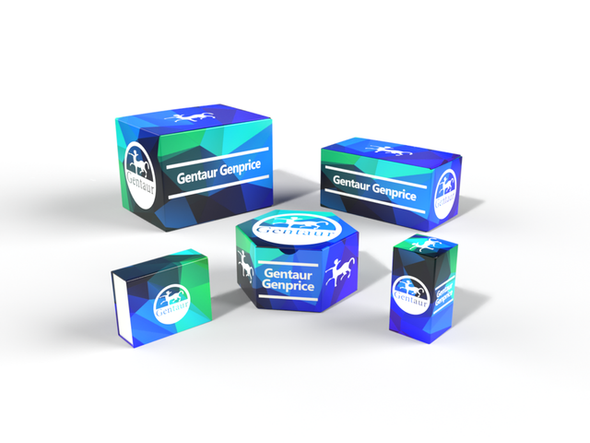740
Pig 25-hydroxy vitamin D3 (25 HVD3) ELISA Kit | AE63260PI
- SKU:
- 740-AE63260PI
- Availability:
- Usually ships in 5 working days
Description
Pig 25-hydroxy vitamin D3 (25 HVD3) ELISA Kit | AE63260PI | Gentaur UK, US & Europe Distribution
Species Reactivity: Pig (Sus scrofa; Porcine)
Abbreviation: 25 HVD3
Alternative Name: N/A
Application: ELISA
Range: 2.47-200 ng/mL
Sensitivity: 0.91 ng/mL
Intra-Assay: ≤5.1%
Inter-Assay: ≤8.2%
Recovery: 1, 01
Sample Type: Serum, Plasma, Other biological fluids
Detection Method: Sandwich
Analysis Method : Quantitive
Test Principale: This assay employs a two-site sandwich ELISA to quantitate 25 HVD3 in samples. An antibody specific for 25 HVD3 has been pre-coated onto a microplate. Standards and samples are pipetted into the wells and any25 HVD3 present is bound by the immobilized antibody. After removing any unbound substances, a biotin-conjugated antibody specific for 25 HVD3 is added to the wells. After washing, Streptavidin conjugated Horseradish Peroxidase (HRP) is added to the wells. Following a wash to remove any unbound avidin-enzyme reagent, a substrate solution is added to the wells and color develops in proportion to the amount of 25 HVD3 bound in the initial step. The color development is stopped and the intensity of the color is measured.
Product Overview: Calcifediol is a prehormone which is produced by hydroxylation of vitamin D3 (cholecalciferol) in the liver. Calcidiol is then converted in the kidneys (by the enzyme 25 (OH) D-1α-hydroxylase) into calcitriol (1, 25- (OH) 2D3), a secosteroid hormone that is the active form of vitamin D. It can also be converted into 24-hydroxycalcidiol in the kidneys via 24-hydroxylation.In medicine, blood concentration of calcidiol is considered the best indicator of vitamin D status. It is the most sensitive measure, though experts have called for improved standardization and reproducibility across different laboratories. The normal range varies widely depending on several factors, including age and geographic location. A broad reference range of 20–150 nmol/L has been suggested, while several studies have defined levels below 80 nmol/L as indicative of vitamin D deficiency.
Stability: The stability of ELISA kit is determined by the loss rate of activity. The loss rate of this kit is less than 5% within the expiration date under appropriate storage condition. The loss rate was determined by accelerated thermal degradation test. Keep the kit at 37°C for 4 and 7 days, and compare O.D.values of the kit kept at 37°C with that of at recommended temperature. (referring from China Biological Products Standard, which was calculated by the Arrhenius equation. For ELISA kit, 4 days storage at 37°C can be considered as 6 months at 2 - 8°C, which means 7 days at 37°C equaling 12 months at 2 - 8°C) .










